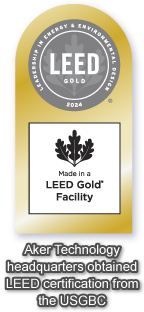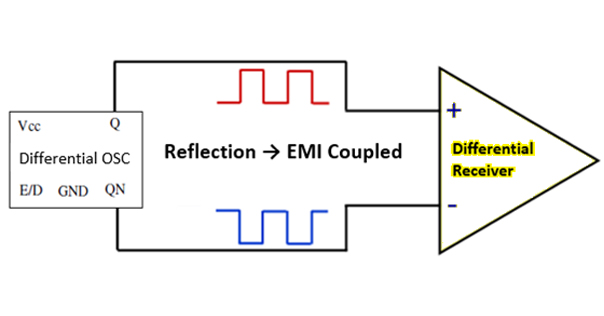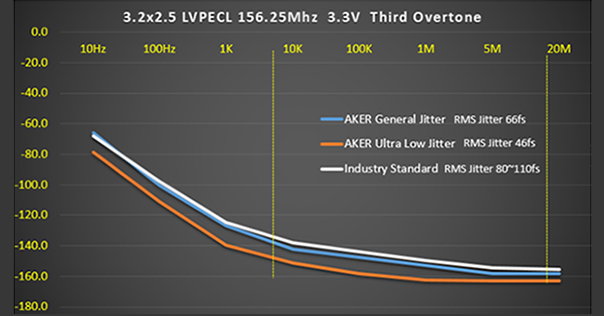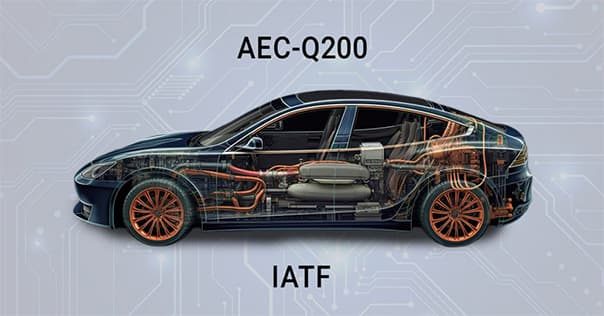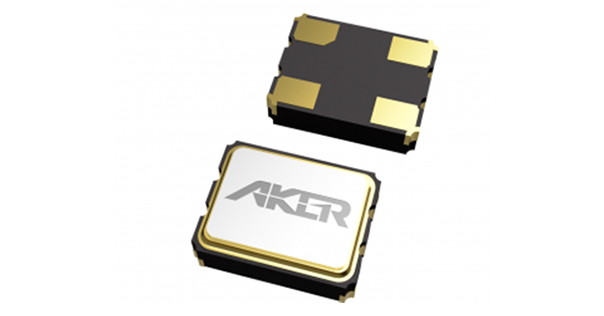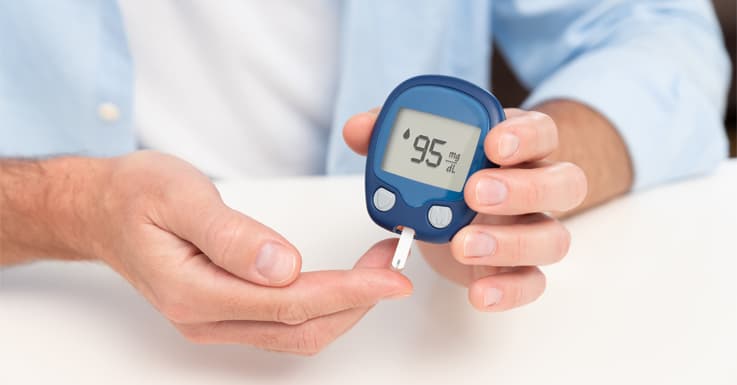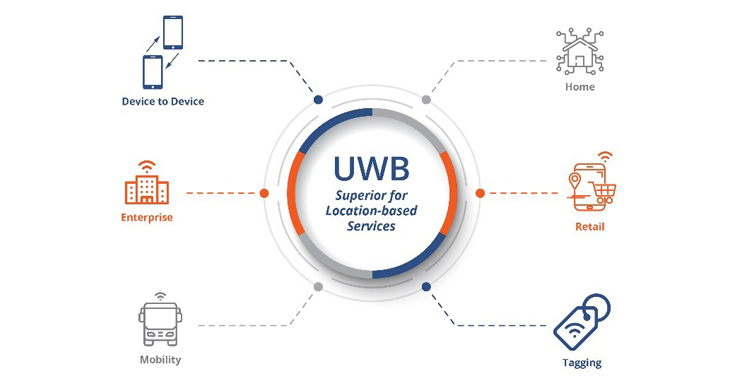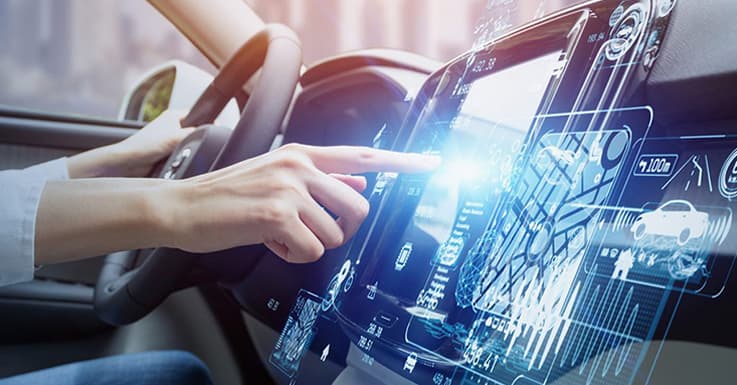1.2 V TCXOs: The Future of Frequency Control for Low Power, Precise Electronics
In low-power electronic devices, where energy efficiency and high performance are critical, the 1.2 V Temperature Compensated Crystal Oscillator (TCXO) has become the oscillator of choice.
Illuminating the Future: Smart Vehicle Lighting Solutions
With the rapid evolution of technology, smart vehicle lighting has far surpassed simple illumination. These adaptive headlights use sensors, cameras and other technology to automatically adjust brightness, width and direction of the light based on vehicle speed, steering angle and surrounding environment.
Crystal Frequency Components: Powering the Future for WiFi Networks
Wireless technology has been around for decades. From its inception in 1997 when the IEEE 802.11 standard was ratified, to today's cutting-edge WiFi 6 and 7, this technology has consistently pushed the boundaries of what's possible in enhancing communications. Crystal frequency components ensure accurate and stable data transmission for WiFi networks.
Crystal Oscillators
A quartz crystal oscillator is the 'heartbeat' for an entire microprocessor unit (MCU). It provides the clock frequency signal that is necessary for the MCU to execute instructions.
Differential Output
Differential transmission is a signal transmission technology that is different from the traditional single-ended signal transmission that uses a signal line and a ground line. Differential transmission carries signals on both wires. The two signals have the same amplitude, but opposite phases. transmitted on these two lines are differential signals.
Low EMI Oscillators Offer Interference- Free Performance for Your Electronics
Electromagnetic interference (EMI) is pervasive. It is a phenomenon that occurs when the operation of an electronic device is disturbed by an electromagnetic field or conducted power source, resulting in the disruption of the radio frequency spectrum. EMI can damage precision circuits, increase noise and degrade oscillator stability. The effects of EMI can range from merely diminishing circuit performance to causing complete system failure.
Phase Noise and Phase Jitter
In the realm of modern communication and signal processing, two pivotal concepts continually emerge: phase noise and phase jitter. These two interconnected characteristics are indicators of signal stability and quality, especially in high-frequency and high-performance applications. Let's delve into a deeper understanding of what phase noise and phase jitter entail and why they matter in the world of technology and communications.
Automotive Industry Standards
Two important standards in the automotive industry are IATF 16949 and AEC-Q200. IATF 16949 is a global automotive industry quality management standard, while AEC-Q200 is a stress testing certification for passive components, but both are critical to ensuring the quality and reliability of products used in the industry.
Temperature Compensate Crystal Oscillator (TCXO)
A Temperature Compensated Crystal Oscillator (TCXO) is a crystal oscillator specifically designed to provide a stable oscillation frequency in high temperatures. Their built-in temperature compensation circuitry enables them to automatically adjust frequency and maintain stability. TCXOs are used when temperature stability requirements are beyond reach of standard crystal clock oscillators or voltage-controlled crystal oscillators (VCXOs).
Consumer Electronics
The consumer electronics industry is growing rapidly as technology continues to advance, with 5G becoming more widespread and 6G on the horizon. Through this advancement, data transfer rates are getting faster, with less lag and more stability. This is great news for the consumer.
Child Presence Detection
Riding in a car is a daily routine that many of us have the luxury of doing. For some of the youngest passengers, riding in a car can be peaceful and comforting, lulling them to sleep. If not careful and vigilant, these little ones could be left in a car accidentally. Especially if their safety seat is rear facing.
Ensuring Accuracy and Reliability in Medical Electronics
The global medical electronics industry is experiencing rapid growth, with a compound annual growth rate (CAGR) of 6.7%. With this growth there is a greater demand for building more intelligence into medical electronics products in a variety of applications, including diagnostic, therapeutic and rehabilitation devices as well as creating smart healthcare solutions for electronic medical records.
New Energy Vehicles
According to the U.S. Department of Energy, all forms of electric vehicles (EVs) help improve fuel efficiency, lower fuel costs and reduce emissions. New energy vehicles, also known as alternative fuel vehicles, use non-fossil fuels as a source of power. Helping provide a safer source of energy for the electrified part of the transportation sector through the use of more energy-efficient, multi-fuel source electric vehicles.
Smart Home
The very first glimpse of smart home technology was in 1975 with the invention of X10, a home automation platform that sent digital information through a radio frequency into a home's electrical wiring. This communication protocol was first used with a home's air conditioner wiring. It enabled the platform to communicate between devices and control modules installed within the home.
Ultra-Wideband Technology
Developed during World War II for secure communications and radar systems, ultra-wideband (UWB) is now being applied far beyond its military origins. This short-range wireless technology has gained notoriety in a broad range of commercial applications thanks to its precise positioning and location-tracking capabilities, combined with high-speed data transmission and minimal power consumption.
5G and Networking
Wireless networks such as 5G and industrial automation have completely changed the way people communicate, connecting people all around the world with just the press of a button. This new era of digital transformation is marked by high speed, low latency, and multiple connections. As networks require an increase in data transmission speed, as high as 800 Gb/s, precise frequency stability is needed to maintain performance.
Advanced Driver Assisted Systems (ADAS)
Advanced Driver Assisted Systems (ADAS) includes technologies that help drivers with the safe operation of a vehicle, while providing information like vehicle status and changes in the driving environment outside the car. In some cases, it can assist drivers in controlling their vehicle by giving warnings and prompts that enable them to avoid dangers on the road, including traffic accidents.
Artificial Intelligence
Artificial intelligence (AI) dates back as far as the 1940s, when a programmable digital computer, that was based on mathematical reasoning, was invented. This computer, and the ideas behind it, inspired several scientists to begin discussing the possibility of building an electronic brain.
Learn How UWB Moves Communications Forward
The UWB communication protocol facilitates advanced location-oriented communication capabilities such as secure hands-free access, indoor navigation, contactless payments, credential sharing and item tracking.
Enhancing the Intelligent Cockpit Experience with Aker's XTAL Solutions
As the automotive industry evolves from mechanical to electronic systems, intelligent cockpits, with interactive interfaces that integrate software, hardware and systems to improve the user experience in an automobile, are being developed. These smart cockpits, featuring multiple screens, smart mobile devices and in-vehicle electronics, have emerged as the next frontier, transforming vehicles into advanced, connected living spaces. This innovation is driven by technologies like 5G, AI, big data and advanced semiconductor processes.
